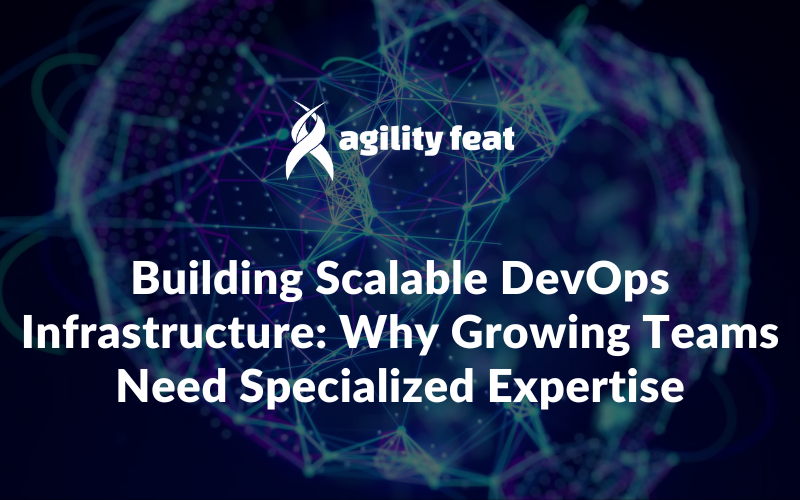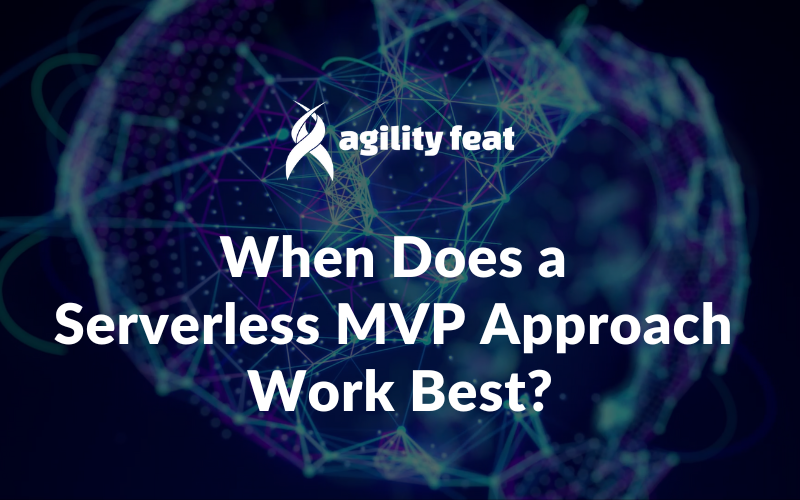Building scalable DevOps infrastructure is one of the most critical yet underestimated challenges facing growing tech companies. As engineering teams expand beyond the startup phase, the deployment systems that once seemed perfectly adequate suddenly become the primary obstacle to continued growth. The problem isn’t just technical complexity—it’s having access to experienced DevOps specialists who understand how to architect systems that can evolve with rapidly changing requirements.
Most growing teams assume they can tackle DevOps scaling with their existing engineering resources, but the reality is more nuanced. Building infrastructure that truly scales requires specialized experience that many organizations don’t have readily available in-house when they need it most.
Tom Elliott, founder of Ocuroot and former Engineering Productivity Lead at Yext, joined host Arin Sime on Episode 55 of the Scaling Tech Podcast to discuss why specialized DevOps expertise becomes essential as teams scale. “His insights reveal why the transition from “DevOps that works” to “DevOps that drives growth” often requires more than just better tools—it requires specialized experience that can be challenging to develop in-house while managing day-to-day operations.
>> Watch the full episode on YouTube: Managing Deployments and DevOps at Scale.
The Hidden Warning Signs Your DevOps is About to Break
The transition from “DevOps that works” to “DevOps that’s holding us back” rarely happens overnight. Tom identifies several red flags that signal your deployment system is approaching its breaking point:
- Manual environment references scattered throughout configurations – When each environment requires explicit, manual configuration updates
- Stale templates that teams avoid updating – Legacy deployment templates that nobody wants to touch
- Frequent bespoke changes by individual teams – When every deployment becomes a special case
“A lot of the time, you won’t realize that your pipelines aren’t really going to scale until you have to scale them, and it just doesn’t work. By then, you’re facing an emergency rebuild rather than a strategic evolution.”
The Context-Dependency Problem
One of the biggest challenges in scaling DevOps is that best practices are highly context-dependent. A deployment strategy that works brilliantly for a fintech startup might be completely wrong for a media company with similar team size and technical complexity.
“It’s interesting because a 10-year system that starts today is going to be very different from a 10-year-old system that started 10 years ago.”
The pace of technological change means that even recently established “best practices” may no longer be optimal for teams scaling today. This context dependency creates a real challenge for growing teams: How do you build DevOps infrastructure that’s sophisticated enough to handle growth, but flexible enough to evolve with changing requirements and team dynamics?
One Size Doesn’t Fit All (And That’s Okay)
As teams scale, individual developer preferences and skill levels diverge dramatically. Senior engineers want powerful, customizable tools with escape hatches for complex scenarios. Junior developers need simple, consistent workflows that reduce cognitive load and minimize opportunities for mistakes.
The solution isn’t trying to make everyone happy with the same tool. Instead, Tom recommends “building for the majority while still empowering power users with the flexibility they need.”
This means creating streamlined workflows for the 80% of daily tasks while providing advanced capabilities for the edge cases that senior team members encounter. It’s a balance between simplification and sophistication that requires both technical expertise and deep understanding of team dynamics.
Building Internal Platforms That Actually Scale
The difference between DevOps infrastructure that accelerates growth and infrastructure that becomes a bottleneck often comes down to ownership and boundaries. Elliott has strong opinions about community-led internal tools: they tend to atrophy without dedicated ownership.
“When you have a dedicated team and you also have community stuff, that can create a lot of confusion and people not understanding who is actually responsible for what.”
Successful internal platforms need:
- Clear ownership structures with dedicated maintainers
- Well-defined boundaries between official tools and community experiments
- Regular evolution based on changing team needs and technological capabilities
The Strategic Imperative
For scaling development teams, DevOps isn’t just about keeping the lights on. It’s about maintaining development velocity as complexity increases. Teams that get this right continue accelerating even as they grow. Teams that don’t find themselves spending more and more engineering cycles on deployment friction rather than product development.
The key insight from Tom’s experience is that DevOps professionals need to build strong relationships with product-facing engineers and demonstrate clear value.
“If [as a DevOps professionals, your team] feels like your presence is a benefit rather than a hindrance, they’re going to go to bat for you.”
Why Specialized Expertise Makes the Difference
The reality is that building scalable DevOps infrastructure requires a unique combination of skills that most growing teams don’t have readily available. It’s not just about knowing the latest tools or cloud platforms. The specialized expertise needed includes:
- Understanding how different team structures and growth patterns affect infrastructure requirements
- Anticipating scaling bottlenecks before they become critical problems
- Balancing immediate deployment needs with long-term architectural flexibility
- Navigating the complex tradeoffs between developer productivity and system reliability
- Building systems that can evolve with rapidly changing business requirements
This isn’t expertise that develops overnight, and it’s often not cost-effective for growing teams to develop internally when they need it most urgently.
AgilityFeat can provide experienced, cost-effective nearshore DevOps engineers and complete technical delivery teams to build systems that fit your specific context and growth trajectory. Choose between our staff augmentation services where they become members of your team, or on a project-basis as part of our nearshore software development services.
Ready to ensure your DevOps infrastructure scales as fast as your team? Let’s talk about how AgilityFeat can provide DevOps engineers to build deployment systems that drive growth rather than limit it.
Further Reading:










